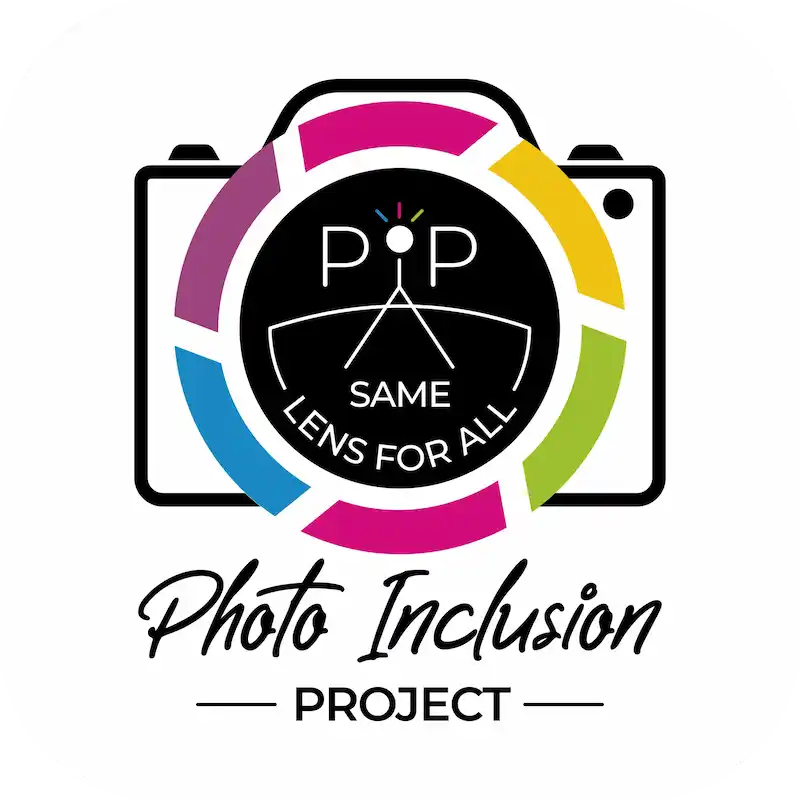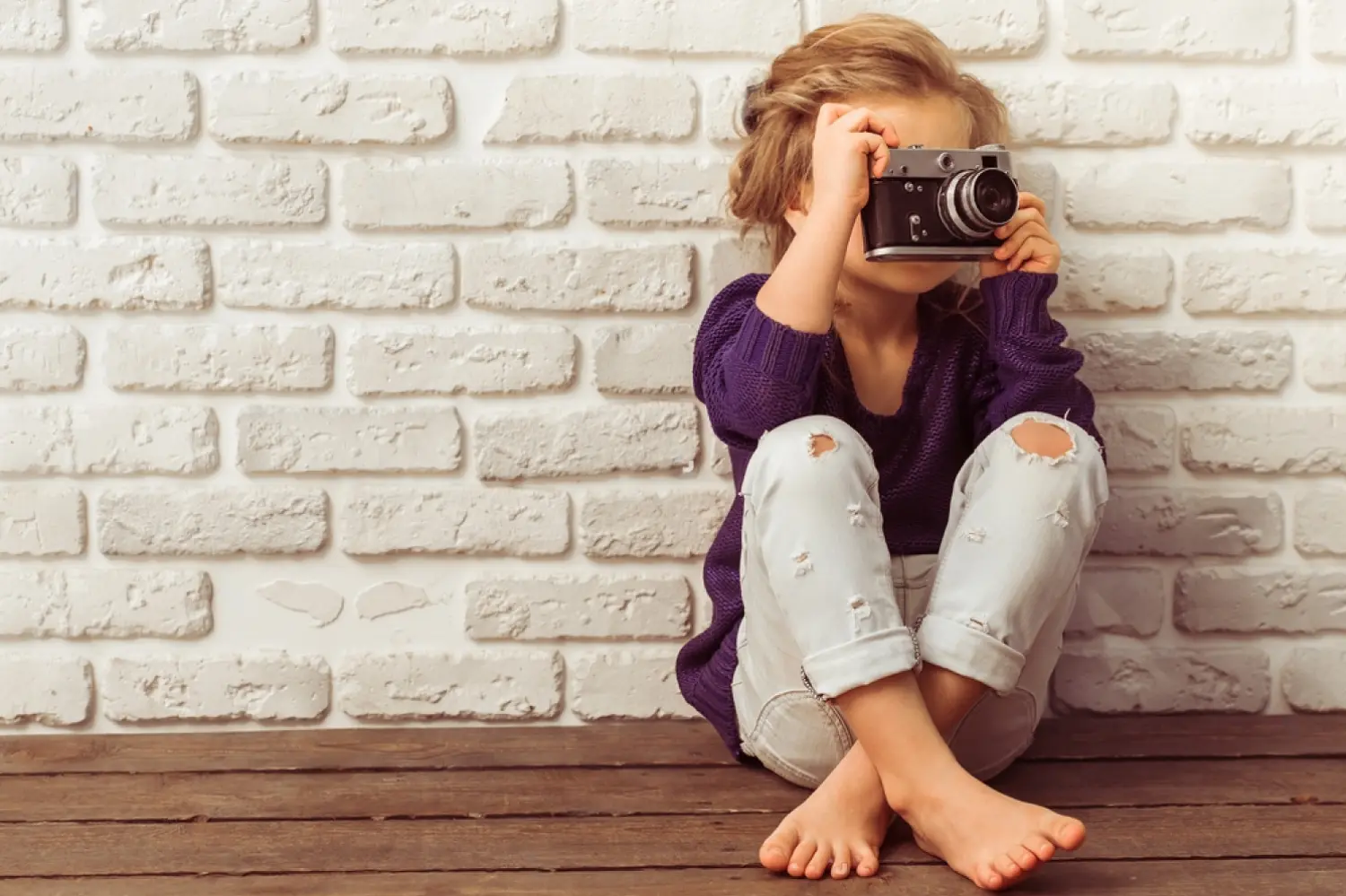The Therapeutic Benefits of Photography for Children on the Autism Spectrum
Introduction
Autism Spectrum Disorder (ASD) is a neurodevelopmental disorder that affects communication social interaction, and behavior. Children with ASD often struggle with traditional forms of communication and may have difficulty expressing their thoughts emotions, and experiences. However research has shown that photography therapy can be a powerful tool for improving communication, social skills, and self esteem in children with ASD.
Photography therapy is a type of expressive arts therapy that uses photography as a means of self expression, communication, and personal growth. Through photography children with ASD can explore their thoughts and feelings, communicate with others, and express themselves in new and unique ways. Additionally, photography therapy can help reduce anxiety and stress, enhance creativity, and improve visual processing skills.
In this blog post, we will explore the therapeutic benefits of photography for children on the autism spectrum. We will discuss the different types of photography therapy activities that can be used with children with ASD, as well as the top 5 benefits of photography therapy for this population. Finally, we will provide practical tips for implementing photography therapy for children with ASD.
What is Autism Spectrum Disorder (ASD)?
Autism Spectrum Disorder (ASD) is a developmental disorder that affects communication, social interaction, and behavior. It is a broad range of conditions that are characterized by challenges with social skills, repetitive behaviors, and speech and nonverbal communication. According to the Centers for Disease Control and Prevention (CDC), approximately 1 in 54 children in the United States are diagnosed with ASD.
How can photography be used as a therapeutic tool for children with ASD?
Photography therapy involves using photography as a therapeutic tool to help individuals with ASD express themselves, enhance their communication skills and improve their self esteem. Photography therapy for children with ASD works by providing a visual medium for the child to express themselves and communicate their thoughts and feelings. Photography can also provide a safe and comfortable outlet for children with ASD who may struggle with traditional forms of communication or social interaction.
Examples of photography therapy activities for children with ASD include taking pictures of objects or people that are important to them using photography to capture their emotions or experiences, or participating in group photography projects to promote social interaction and teamwork.
Top 5 benefits of photography therapy for children with ASD
Improved communication and social skills
Photography therapy can help children with ASD improve their communication and social skills by providing a visual medium for self expression and communication. Through photography children can learn to express themselves and their thoughts and feelings in a safe and non threatening way.
Increased self-esteem
Photography therapy can also improve the self-esteem of children with ASD. Taking and sharing pictures can help children feel a sense of pride and accomplishment, which can boost their self-confidence and self-worth.
Reduced anxiety and stress
Photography therapy can help reduce anxiety and stress in children with ASD by providing a calming and enjoyable activity. Photography can also be used as a form of mindfulness helping children to focus on the present moment and reduce feelings of stress and overwhelm.
Enhanced creativity
Photography therapy can encourage creativity and imagination in children with ASD. By exploring different angles lighting, and subjects, children can learn to think creatively and express themselves in new and unique ways.
Improved visual processing skills
Photography therapy can also help improve the visual processing skills of children with ASD. By using a camera, children can learn to focus on specific details and elements, which can enhance their ability to process and interpret visual information.
How to implement photography therapy for children with ASD
Assess the child’s communication and social skills
Before implementing photography therapy, it is important to assess the child’s communication and social skills to determine their individual needs and abilities.
Choose appropriate photography activities for the child
Based on the child’s assessment, choose appropriate photography activities that will help them achieve their therapeutic goals. Consider the child’s interests and strengths when selecting activities.
Create a safe and comfortable environment
It is important to create a safe and comfortable environment for photography therapy sessions. Ensure that the child feels comfortable and supported throughout the session.
Provide clear instructions and guidance
Provide clear instructions and guidance to the child during photography therapy sessions. Be patient and understanding, and give the child plenty of time to process and understand instructions.
Encourage self-expression and creativity
Encourage self-expression and creativity during photography therapy sessions. Allow the child to take the lead and explore their own ideas and interests. Provide positive feedback and support to encourage their self-esteem and confidence.
Conclusion
In conclusion, photography therapy can be a powerful therapeutic tool for children with Autism Spectrum Disorder. By providing a visual medium for self-expression and communication, photography can help improve communication and social skills, increase self-esteem, reduce anxiety and stress, enhance creativity, and improve visual processing skills. When implementing photography therapy for children with ASD, it is important to assess their individual needs and abilities, choose appropriate activities, create a safe and comfortable environment, provide clear instructions and guidance, and encourage self-expression and creativity.



